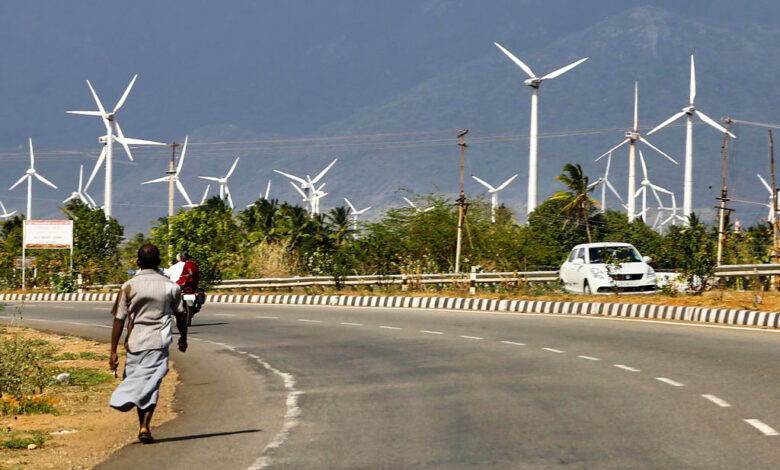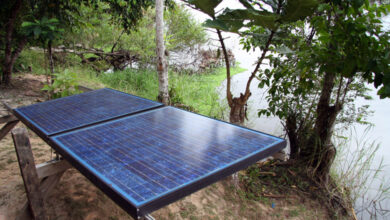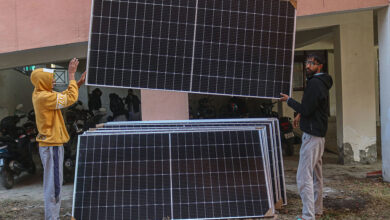
Windmills are generating electricity in Kavalkinaru, Tamil Nadu, India. Phot Credit: NurPhoto/Getty Images
Environment IndiaRenewables Take up Half of This Big Country’s Power Capacity
Half of India’s installed electricity capacity comes from non-fossil fuel sources, including solar, wind, and hydro, a goal achieved five years ahead of its 2030 target under the Paris Agreement.
India is accelerating momentum in its clean energy transition, with the country now pushing for 500 gigawatts (GW) of non-fossil capacity by 2030, including hydro and nuclear.
The country missed its 2022 renewable target of 175 GW. Since then, it ramped up solar and wind additions, so much so that India’s renewable power output rose at its fastest pace since 2022 in the first half of 2025, while coal-fired generation declined by almost 3%. In 2024, the country added close to 28 GW of solar and wind to its electricity grid, and within the first five months of 2025, 16.3 GW of wind and solar capacity was added. As of the end of June, renewable energy accounted for about 184.6 GW. The government is now pushing for battery storage, circularity in solar and wind components, and green hydrogen to deepen decarbonization.



